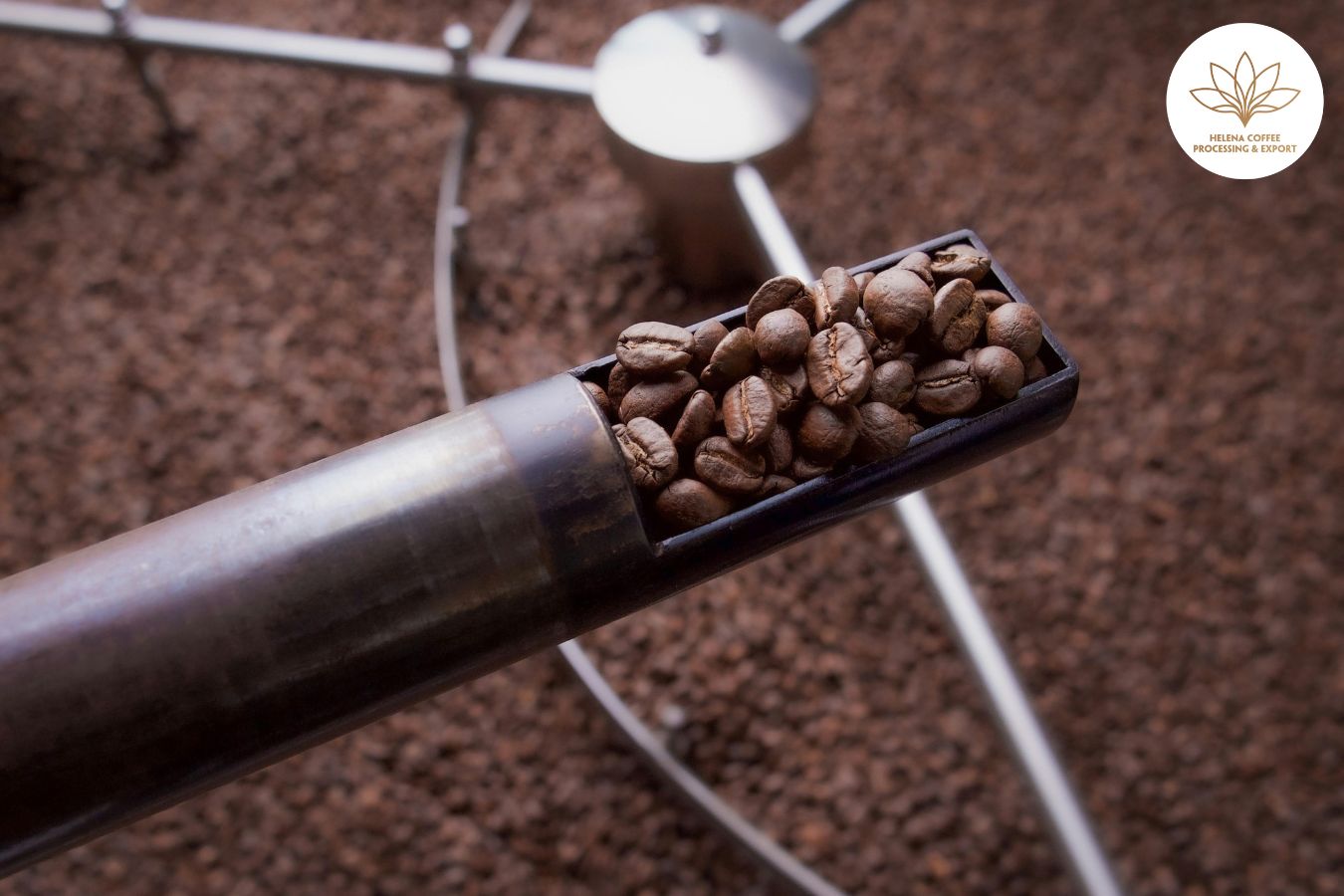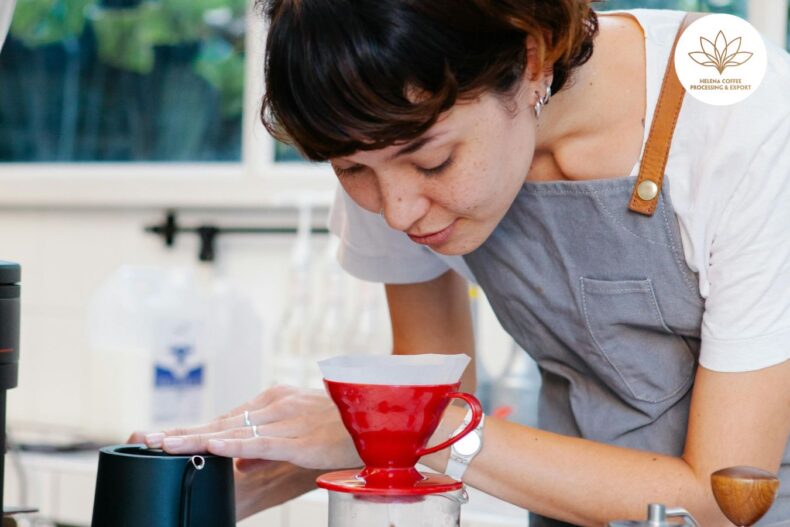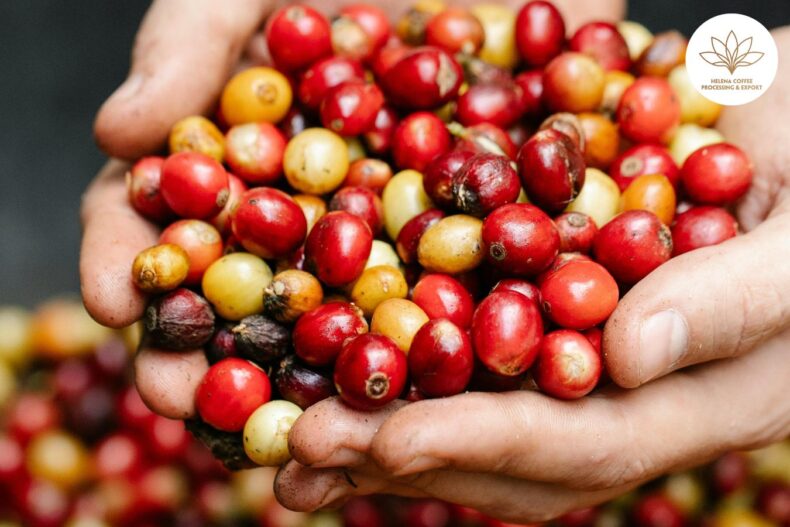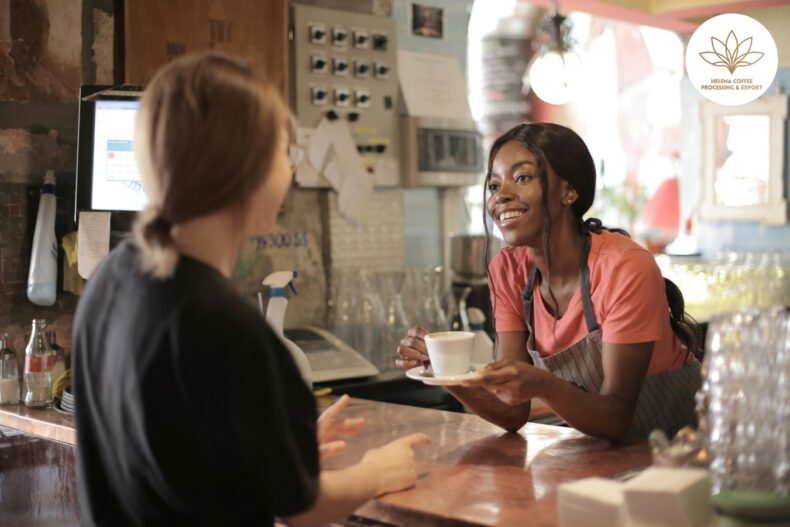Optimizing Roastery Space for Efficiency and Growth
The significance of space in a roastery setup is on par with the selection of equipment, impacting the overall efficiency and scalability of the operation.
Felix shares his initial journey with Felix Kaffee, which began in the confines of a coffee shop. This setup allowed him to leverage existing resources like the espresso machine, water filtration system, and V60 coffee makers for sample tasting, showcasing a cost-effective strategy for new entrepreneurs.
“Each individual finds their own optimal and economical path to launching their venture,” Felix notes, underscoring the adaptability required in the early stages of business. Andrew points out the crucial aspect of space planning, which should align with your weekly roasting volume and future expansion plans.
“For those roasting under 200 pounds a week, initiating in a coffee shop or similar compact space could be viable,” he suggests. However, surpassing the threshold of 454 kg (approximately 1000 pounds) necessitates a more substantial setup, accommodating multiple employees and office functions.
Moreover, as the business scales, the need for a larger warehouse becomes evident, not only for storing green beans and roasting but also for essential activities like quality control, cupping, packaging, and staff training. Difficult is it to open a roastery after: This forward-thinking approach to space planning ensures not just the operational efficiency of the roastery but also its capacity for growth and development.
Differentiating your roastery through curated coffee selections
For emerging roastery owners, carving out a unique position in the competitive landscape is essential. Difficult is it to open a roastery after: This involves careful selection of the coffee offerings, considering diverse origins, varietals, and processing techniques.
“Contemplate whether you can identify and fill a niche in the market that resonates with your branding and marketing strategy,” Andrew advises. “It’s crucial to not only meet the current market demand but also to cultivate a distinct niche that forges a strong connection with your clientele.”
Tailoring your selection to include specialty blends and single origins can significantly influence your appeal to consumer tastes. Difficult is it to open a roastery after: Some roasters might lean towards single-origin coffees to reinforce their brand’s narrative, while others might emphasize blends to cater to a broader palette. Ultimately, the key lies in striking a harmonious balance that attentively responds to the preferences and needs of your customers, ensuring your offerings are both distinctive and aligned with market demands.
Guidance for aspiring roasters
Launching a roasting enterprise is an ambitious endeavor that thrives on committed investment and passion. Felix emphasizes the importance of forging strong connections with coffee producers and importers. Difficult is it to open a roastery after: While visiting coffee farms may not always be feasible, he recommends engaging with producers via social media or by participating in international coffee conventions.
“Providing feedback to the producers after purchasing their coffee is vital, whether it’s praise or constructive criticism,” he points out. Difficult is it to open a roastery after: “Such exchanges cultivate a robust partnership, especially when feedback is reciprocal.”
Felix also advises aspiring roasters to immerse themselves in the coffee community. Difficult is it to open a roastery after: “Partake in open cuppings, seek insights from fellow roasters, and continuously enrich your understanding of coffee.” Echoing this sentiment, Andrew highlights curiosity and enthusiasm as indispensable traits for newcomers in the roasting scene.
“Sample a wide array of coffees frequently, particularly in the company of trusted coffee experts,” he suggests. Difficult is it to open a roastery after: “Experience coffee from roasters who motivate you.” Andrew concludes, “When you genuinely appreciate the coffee you’re offering, it becomes infectious, enabling your clientele to share in your enthusiasm.”



